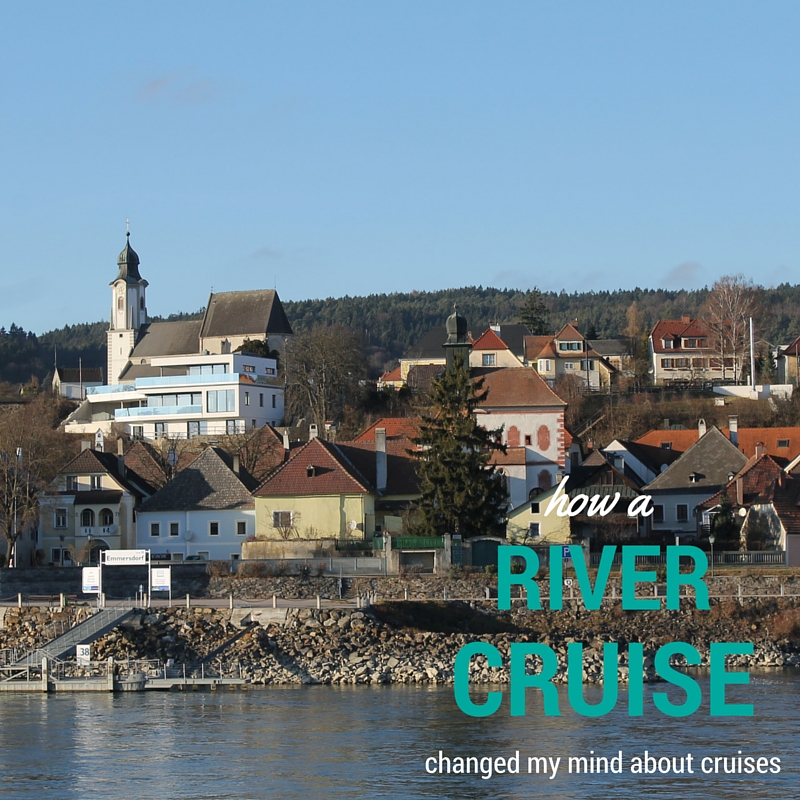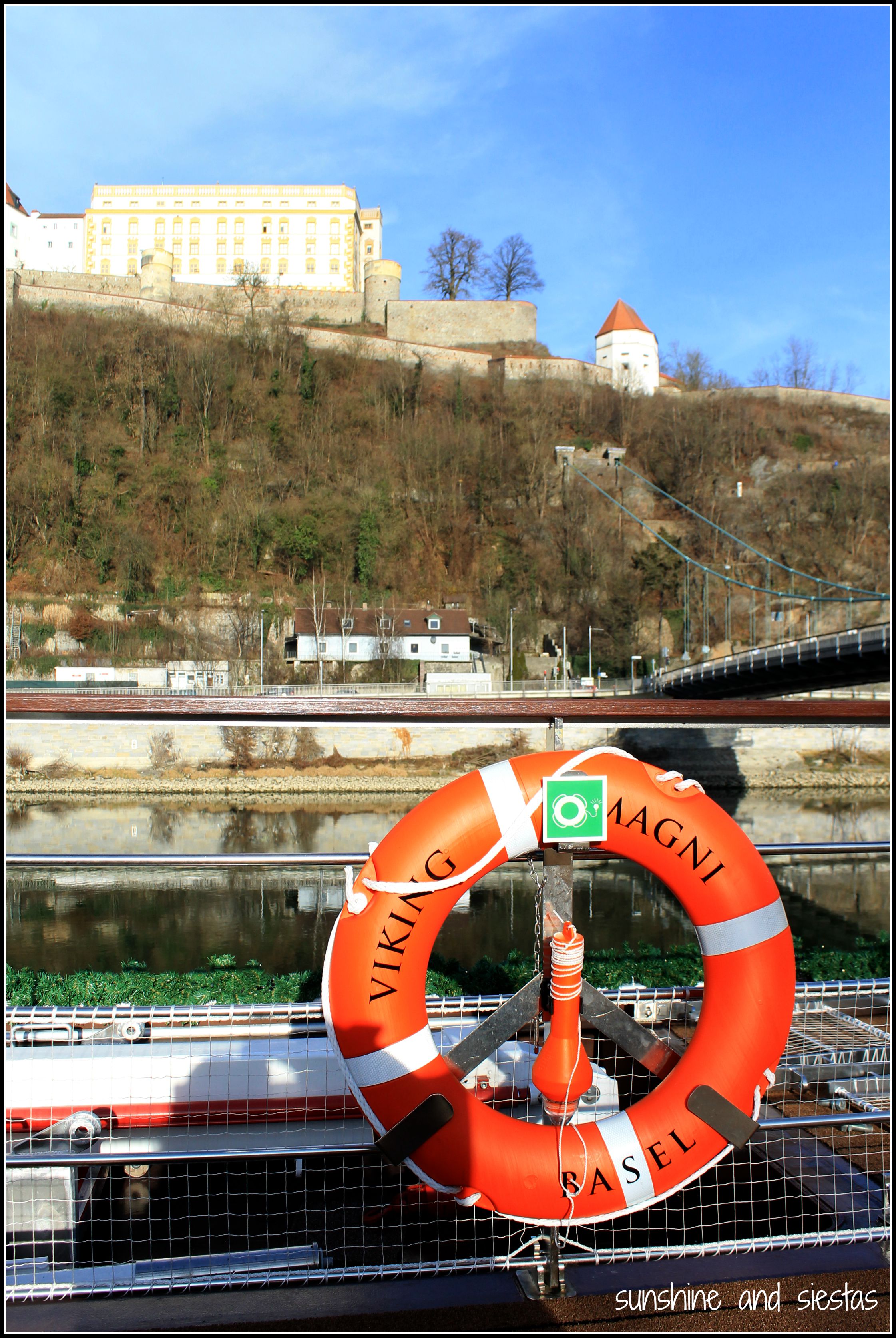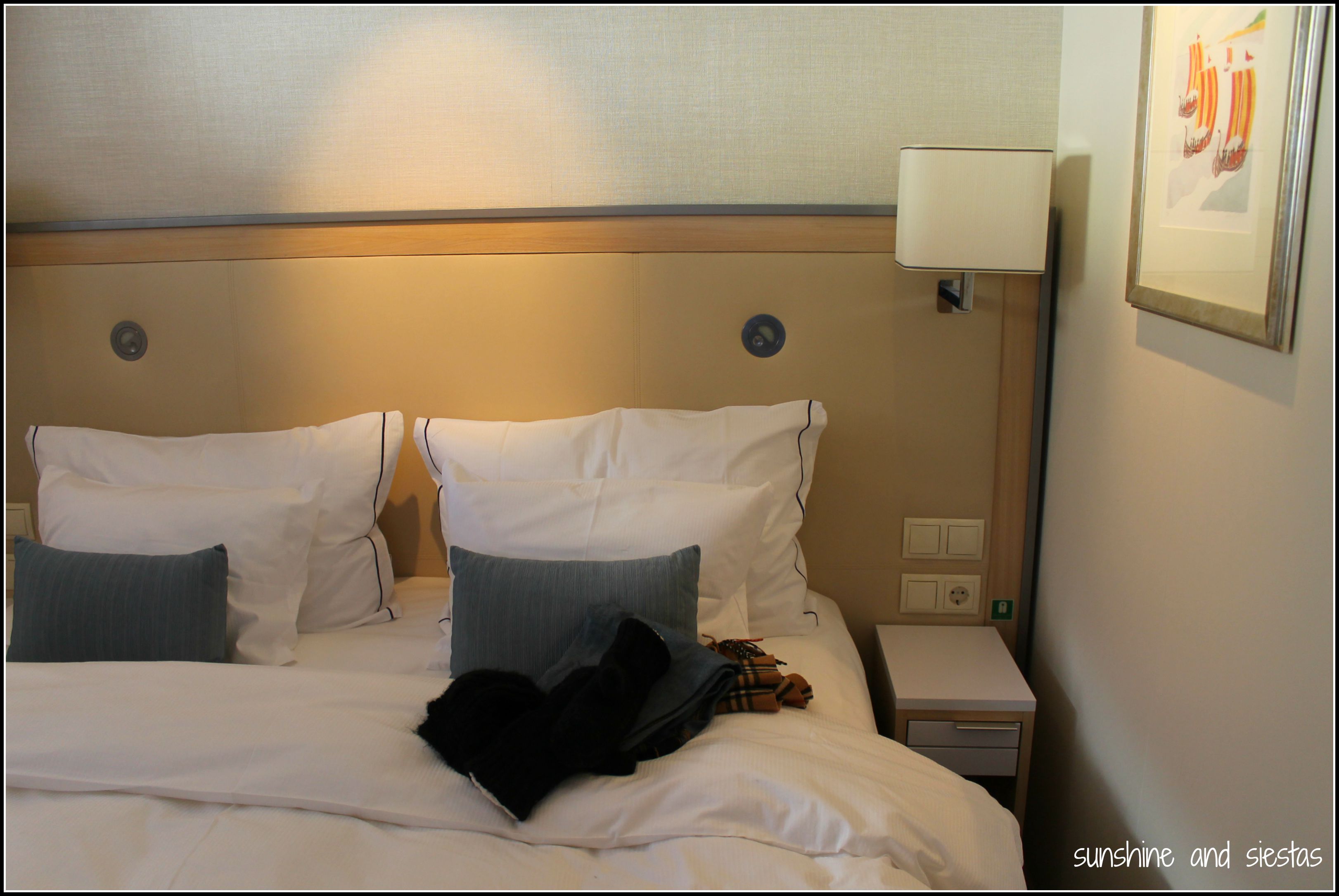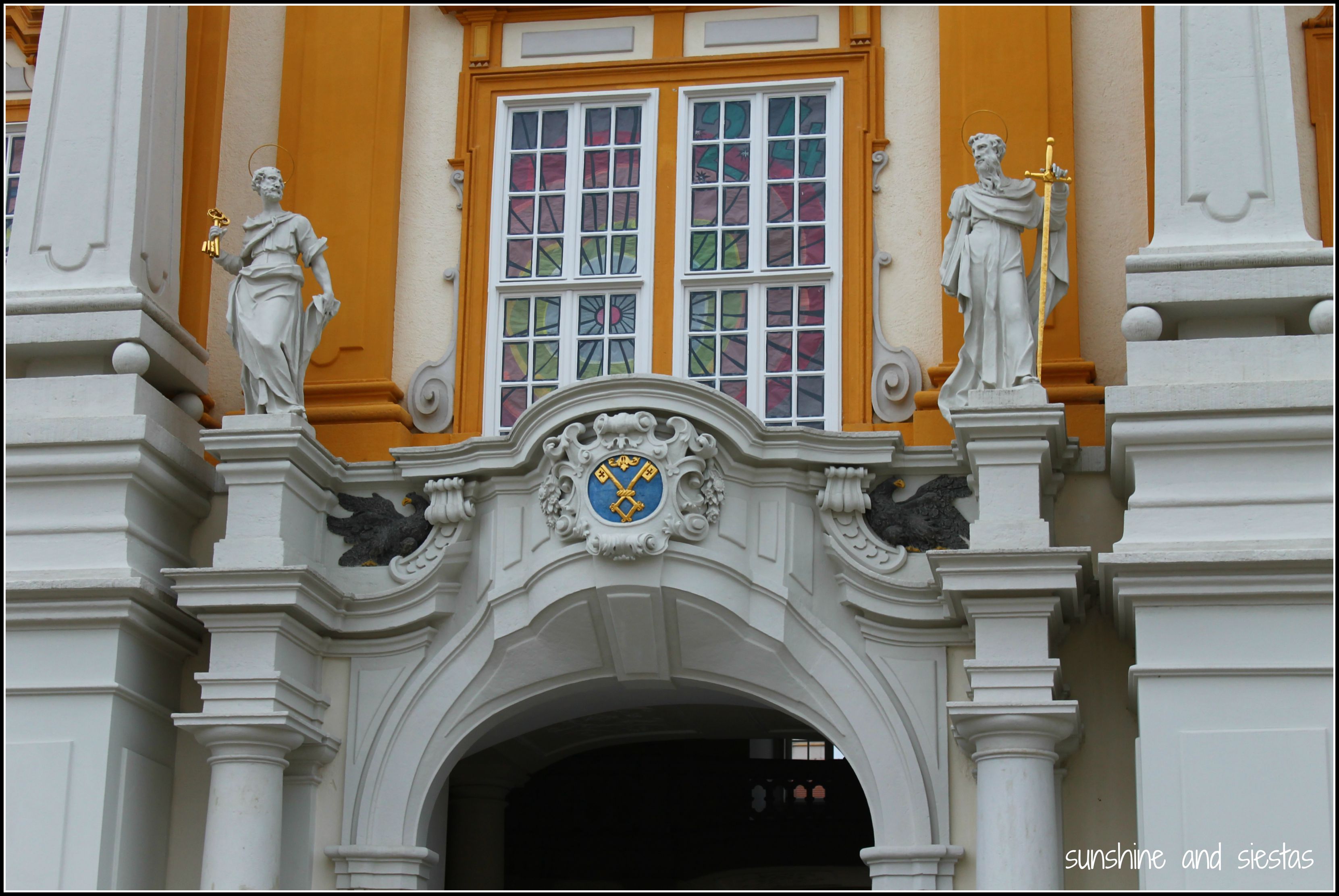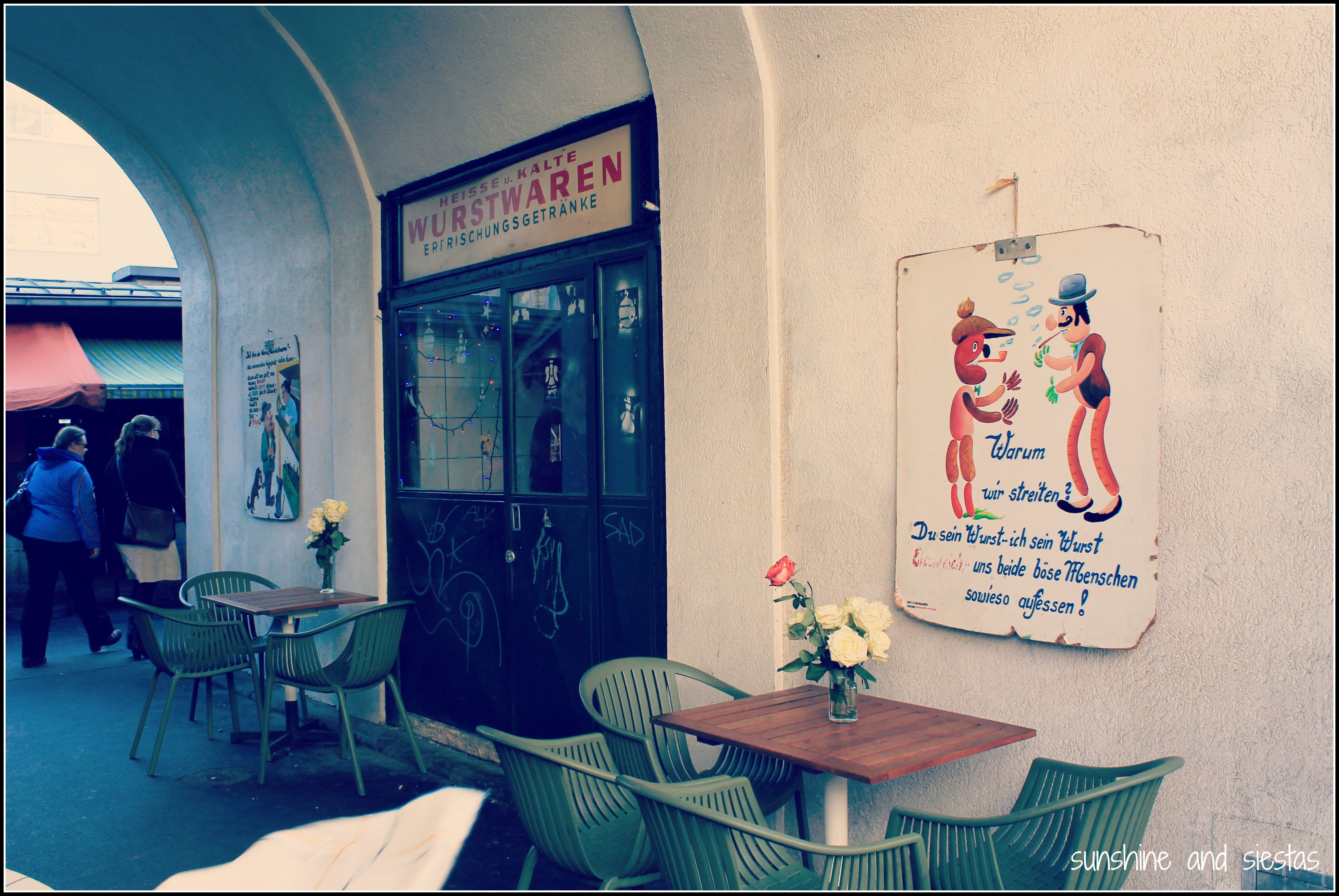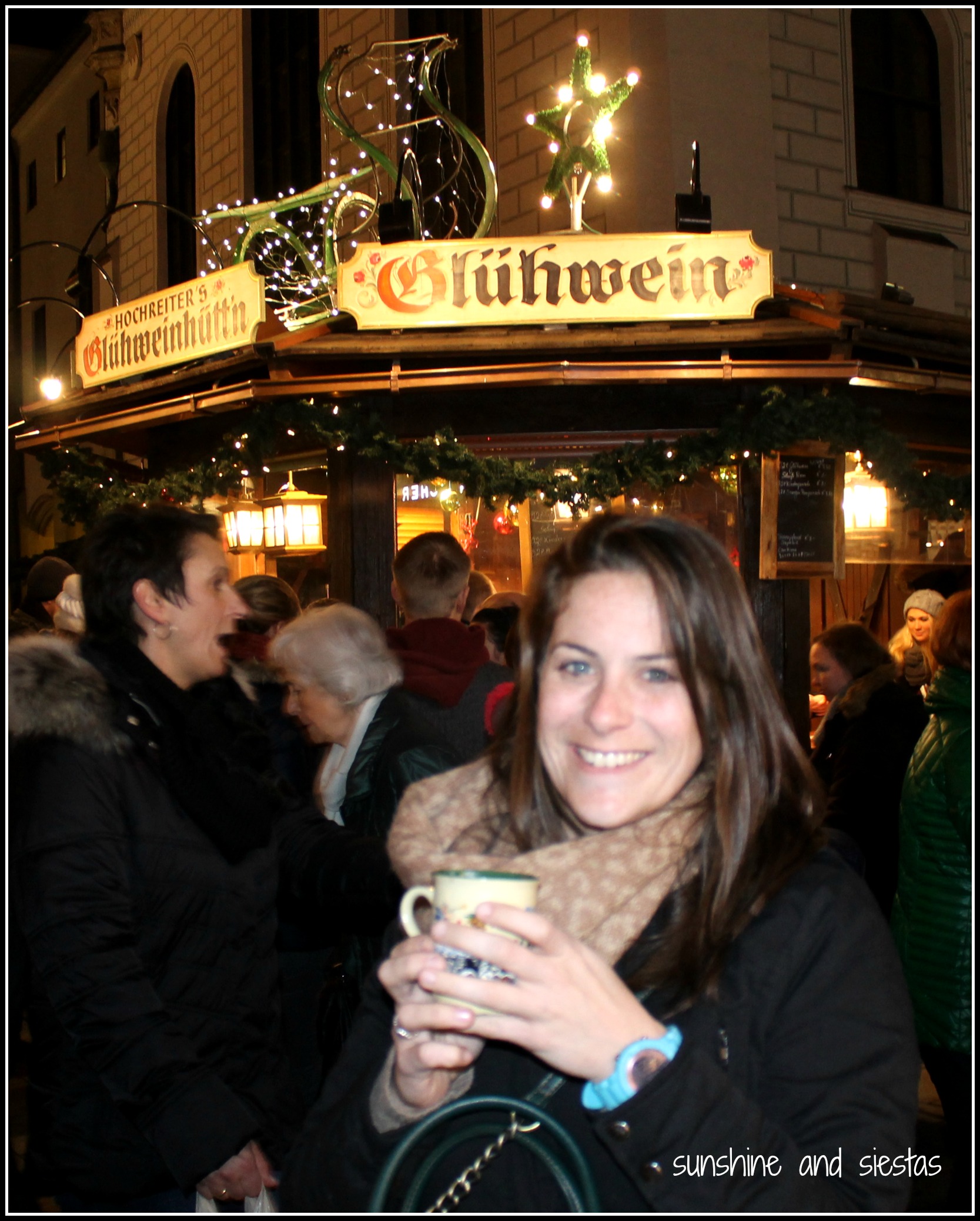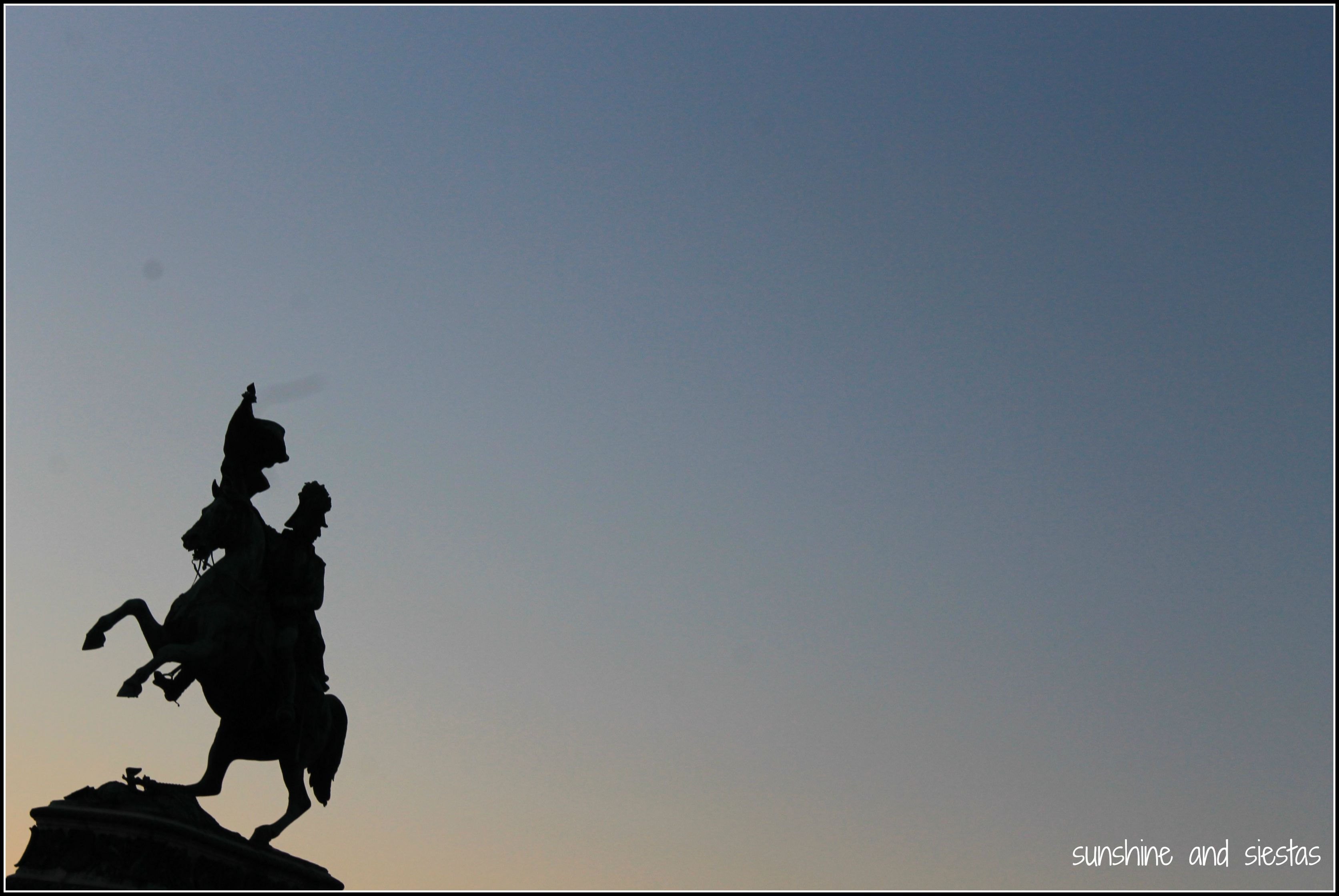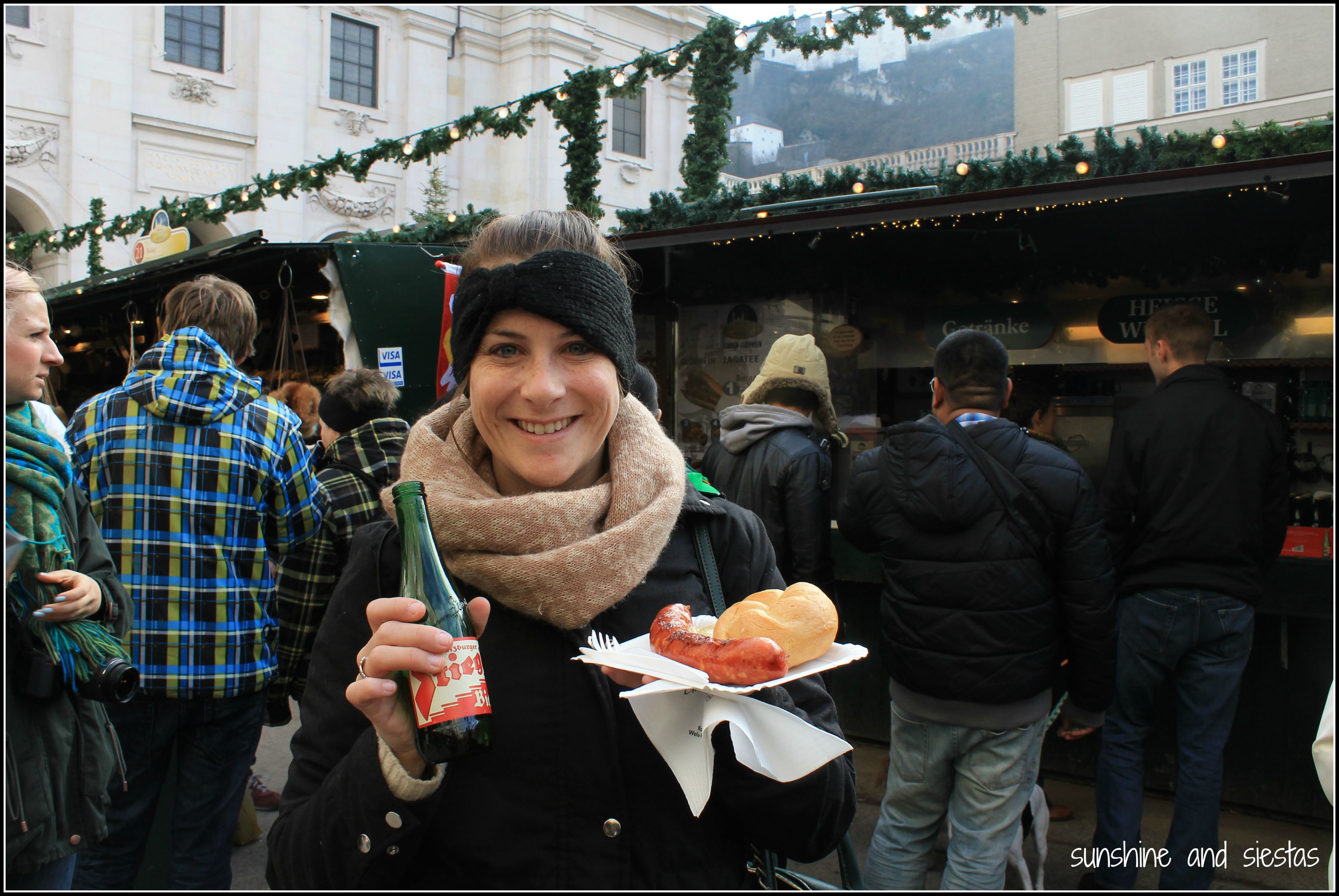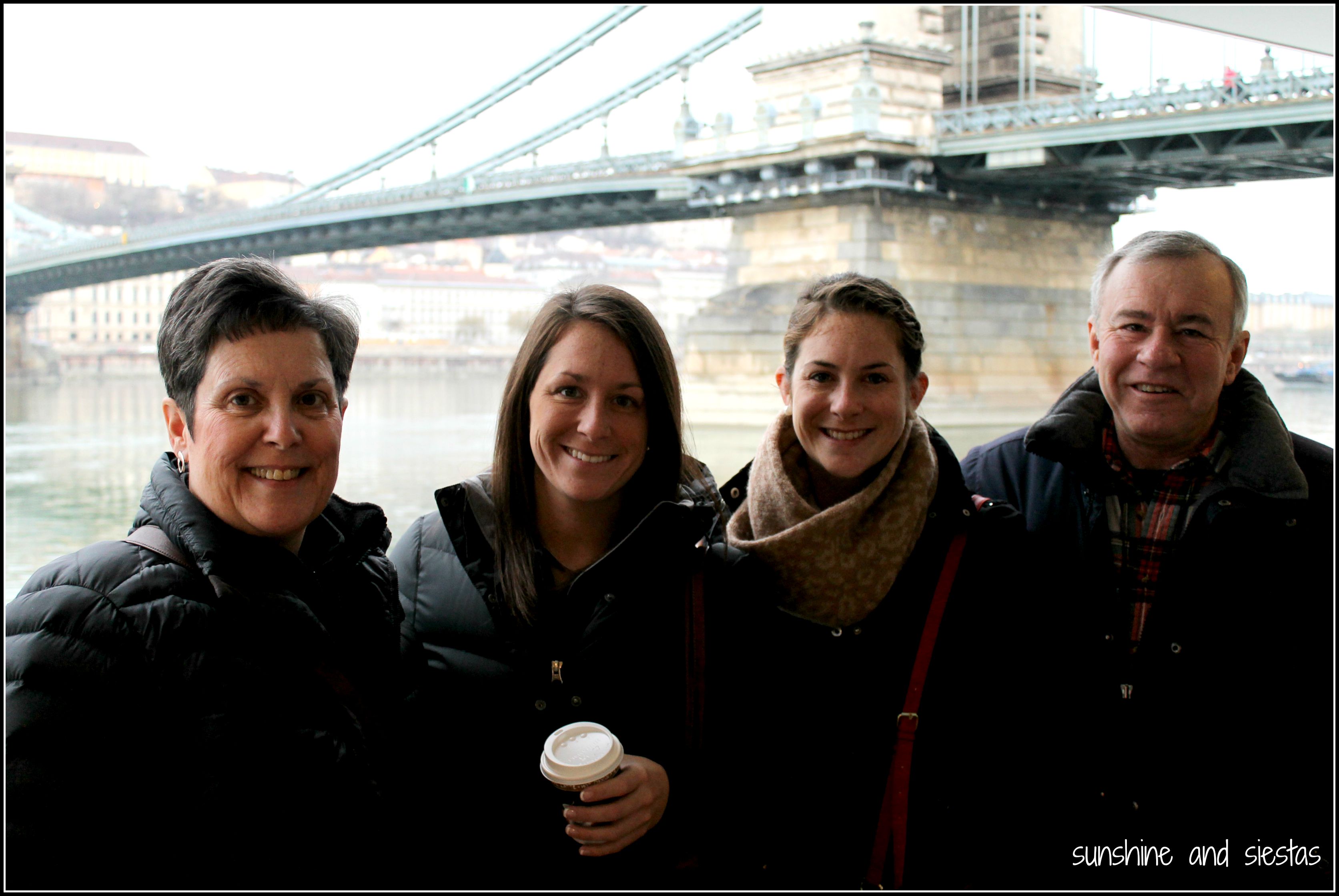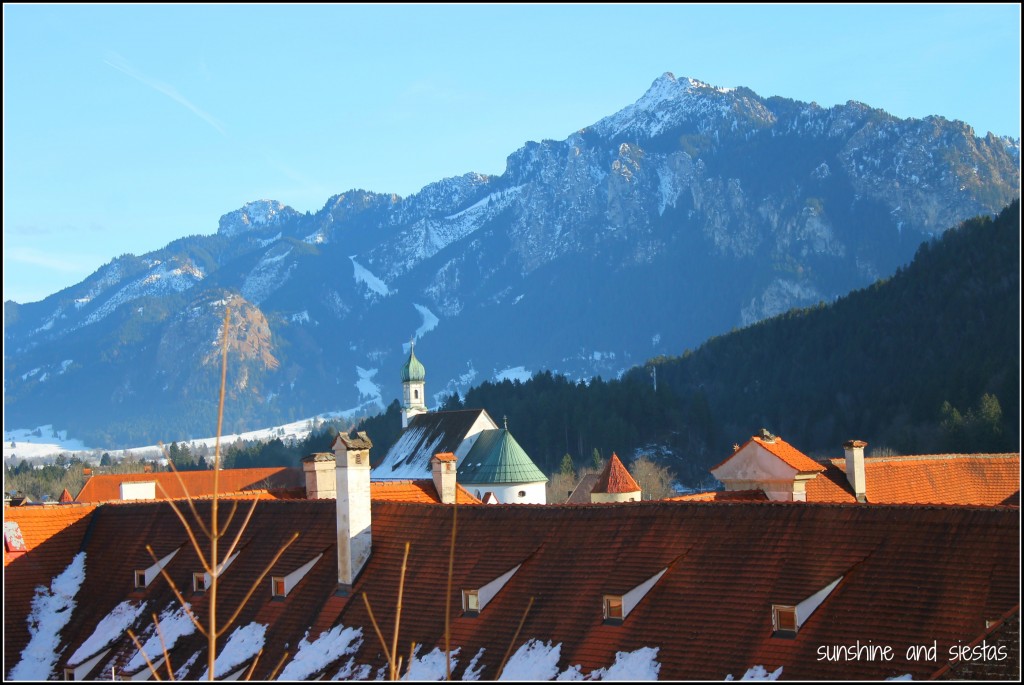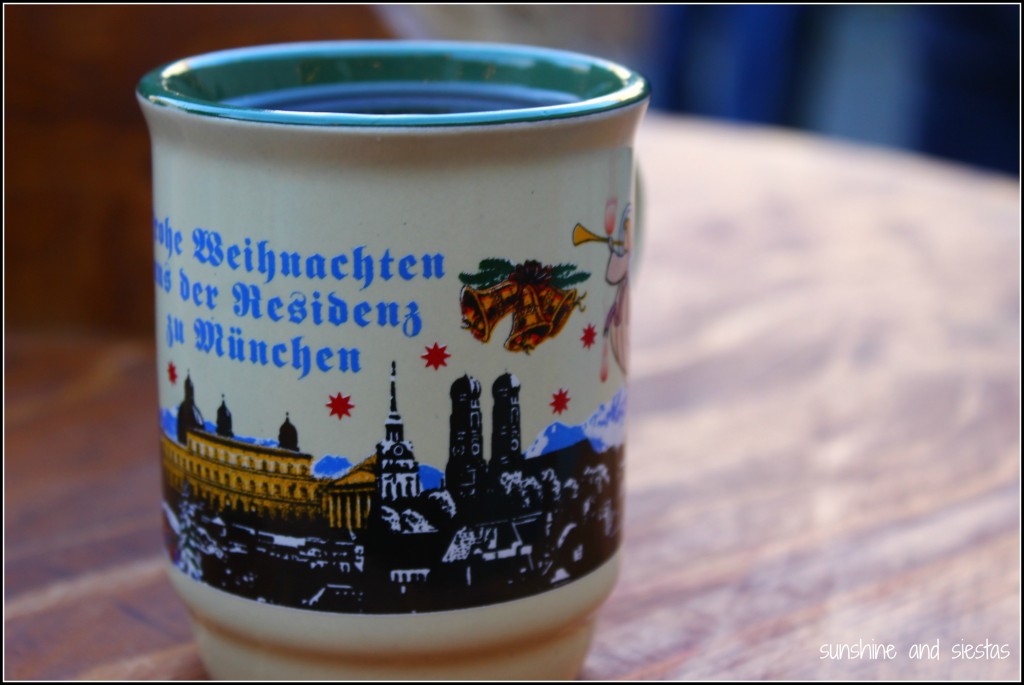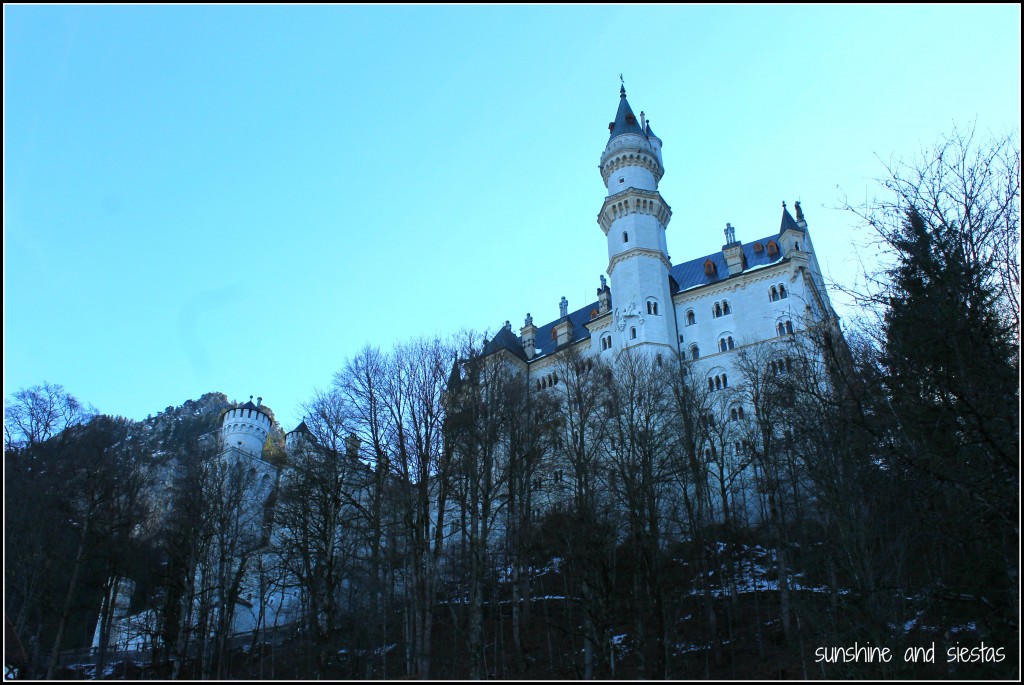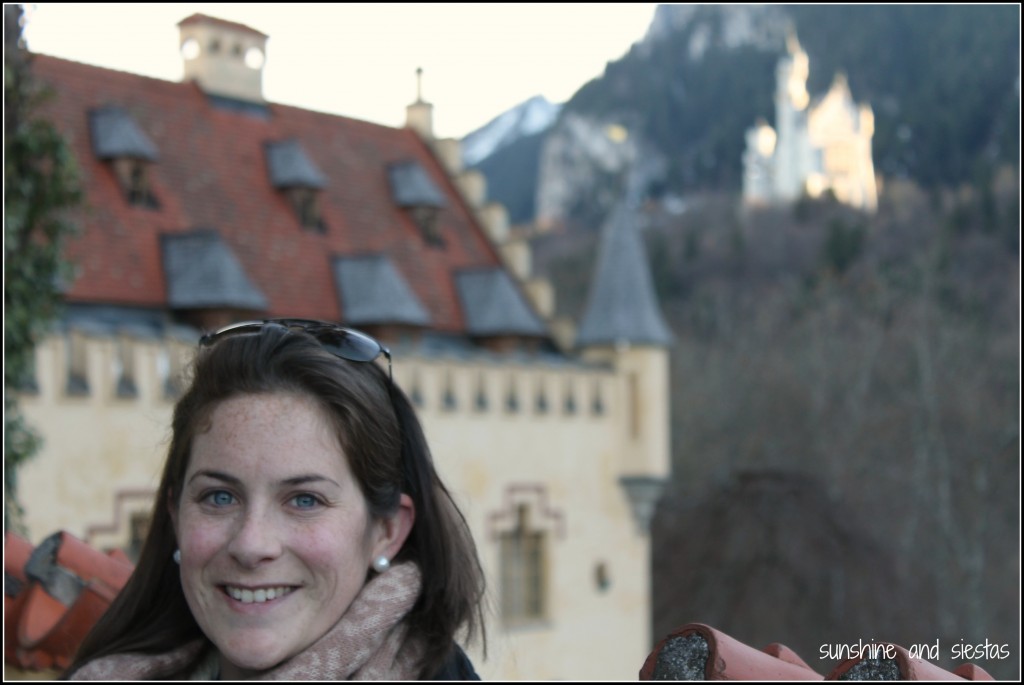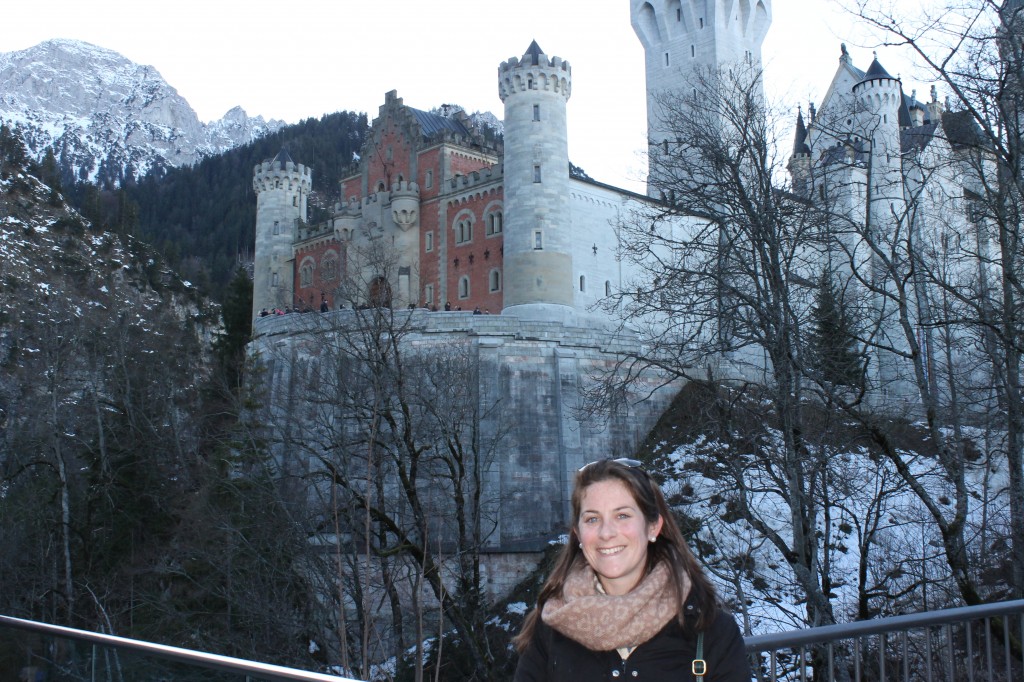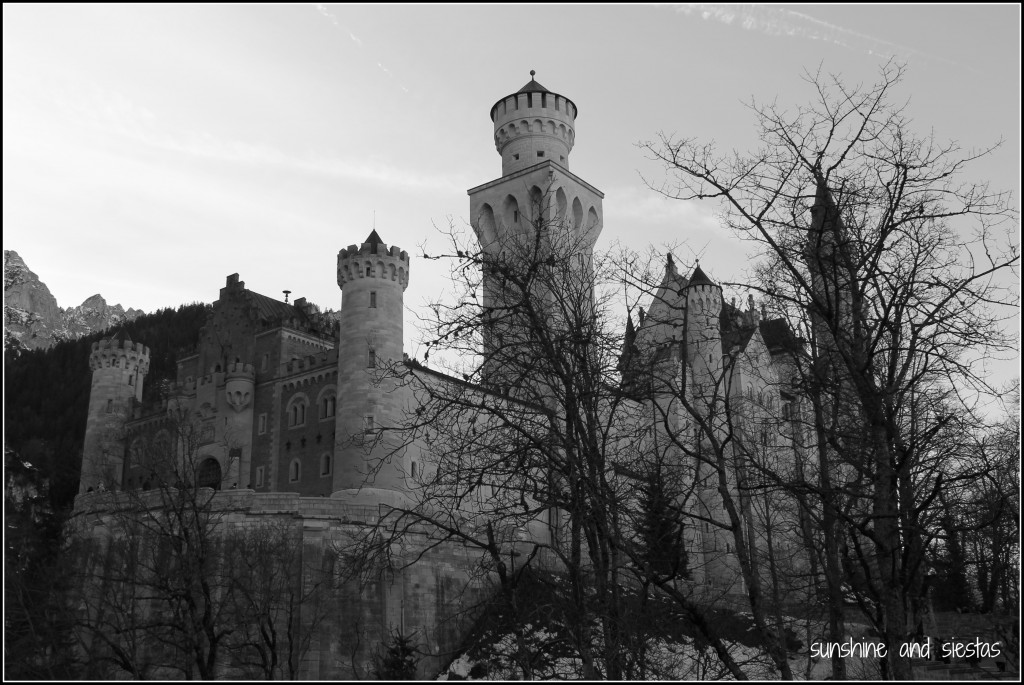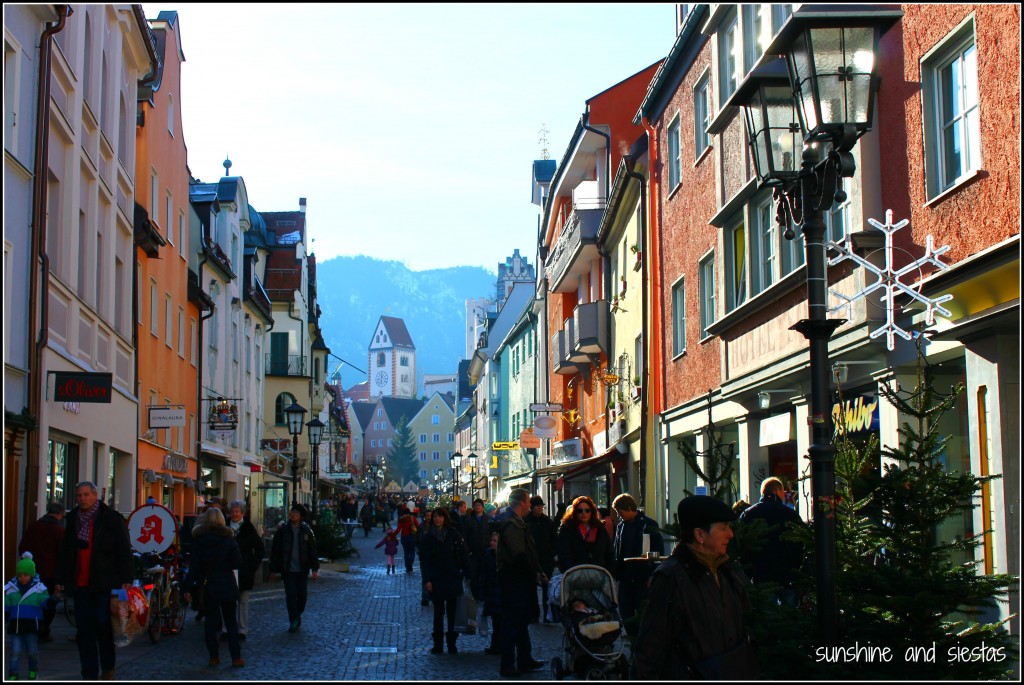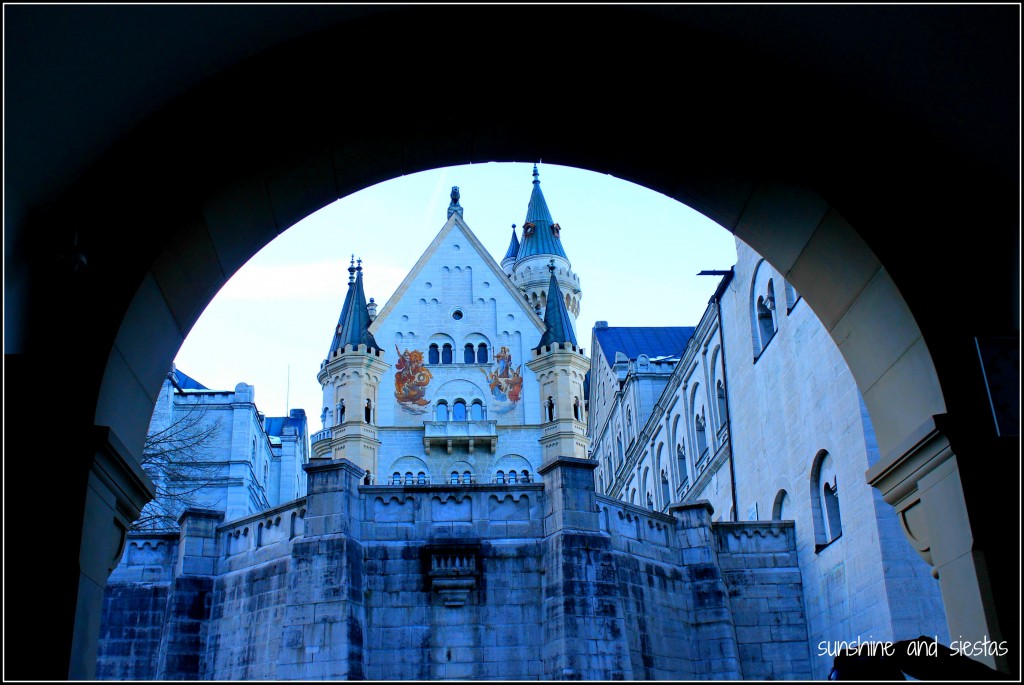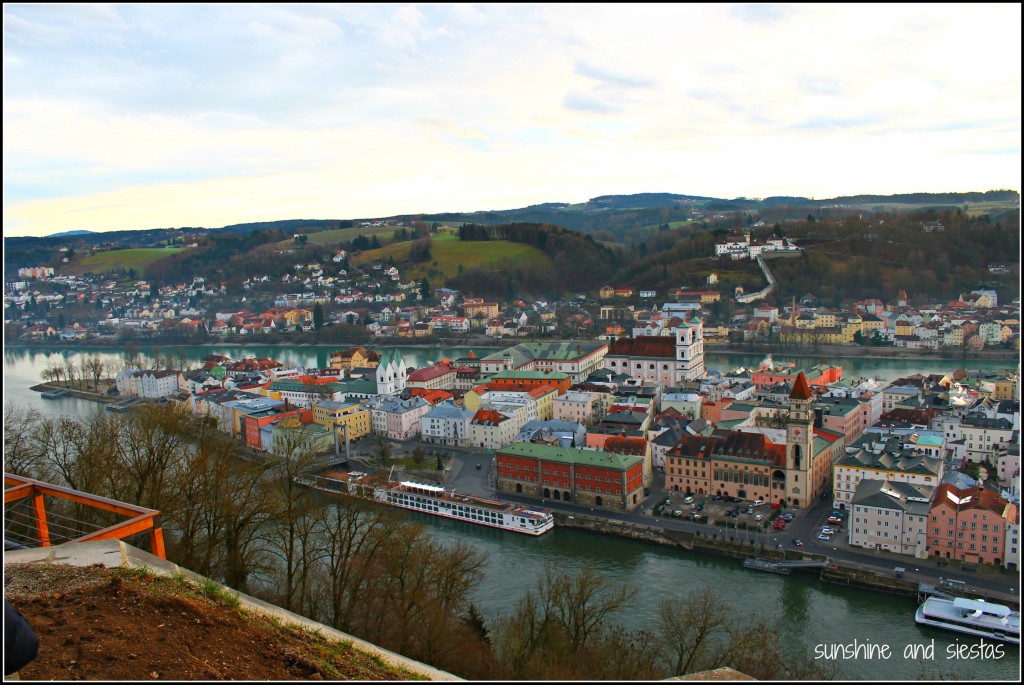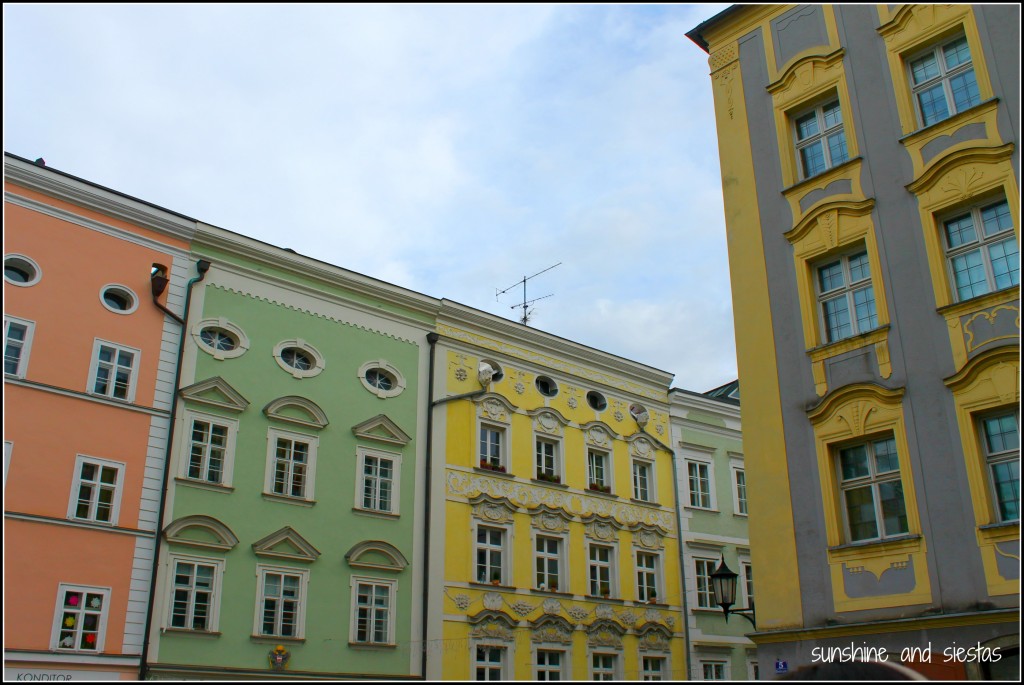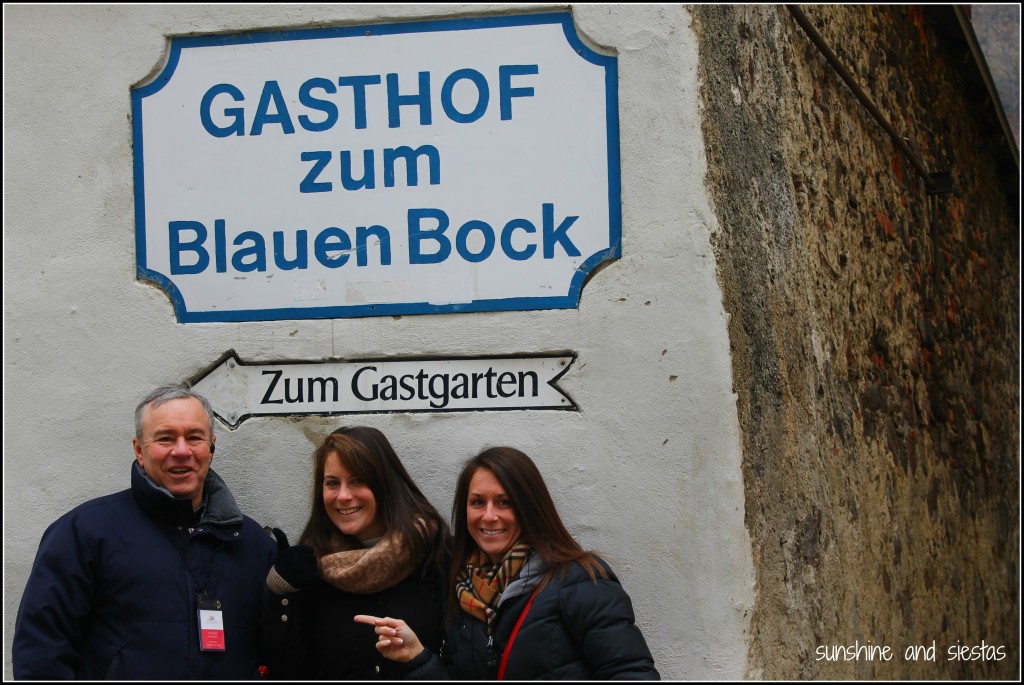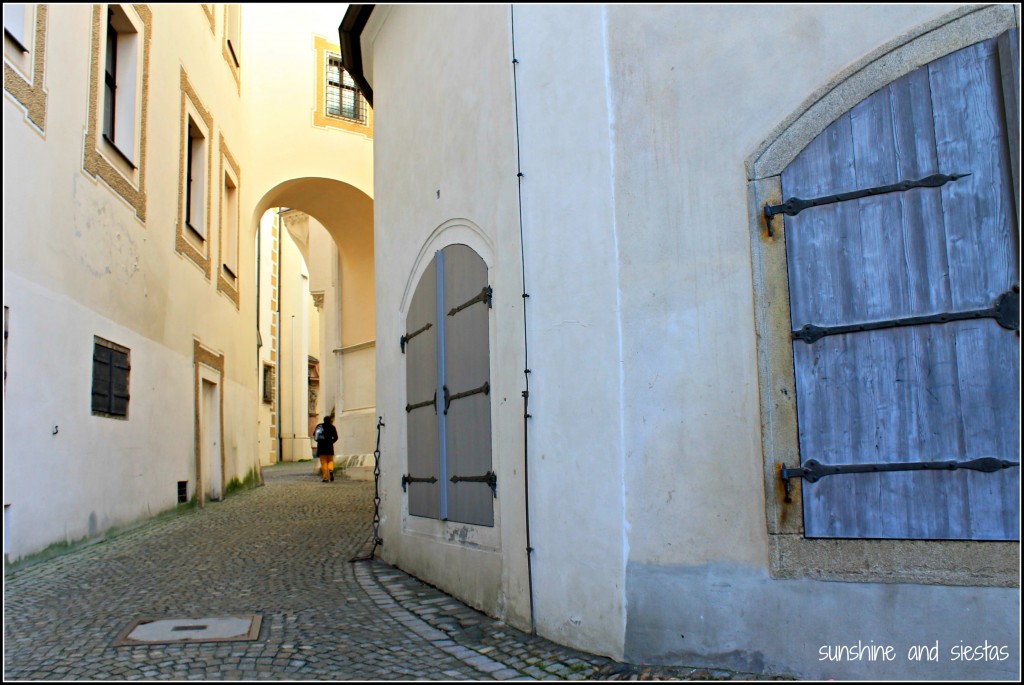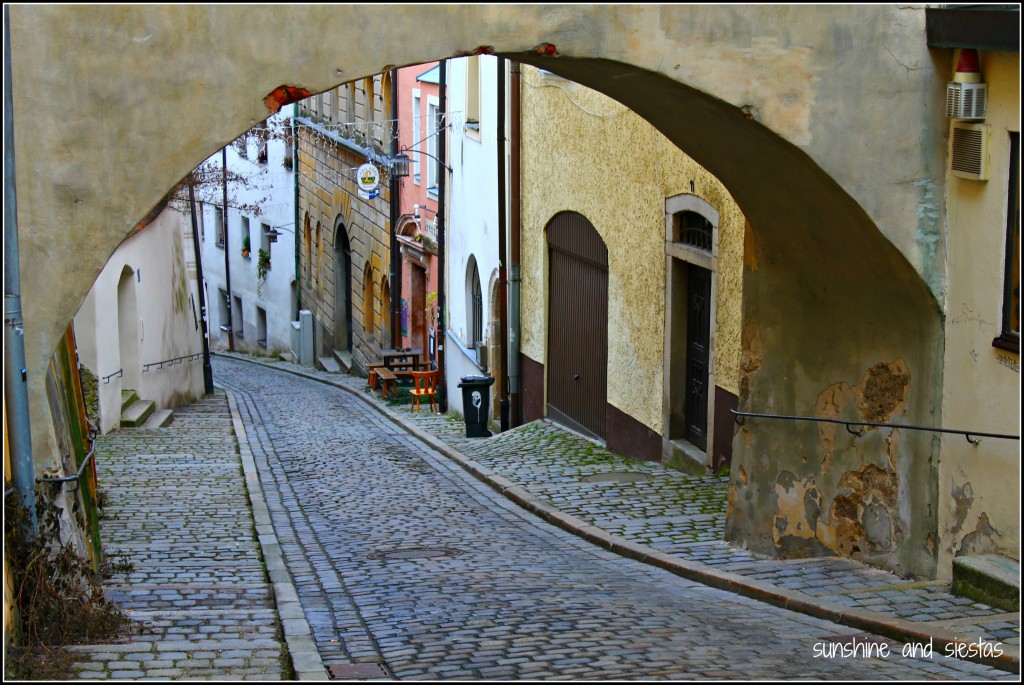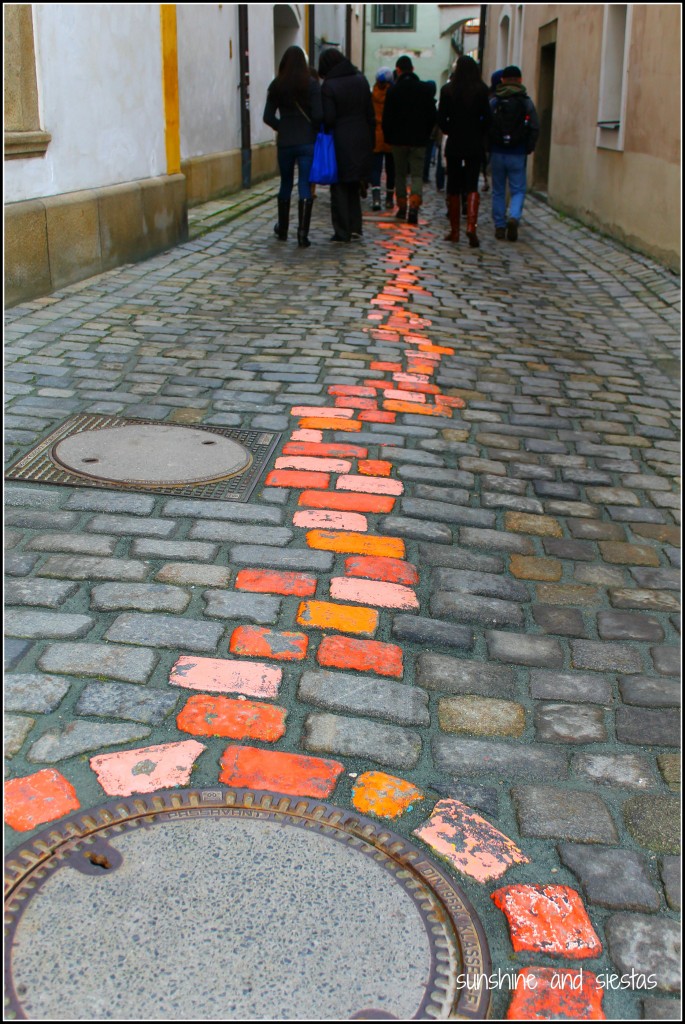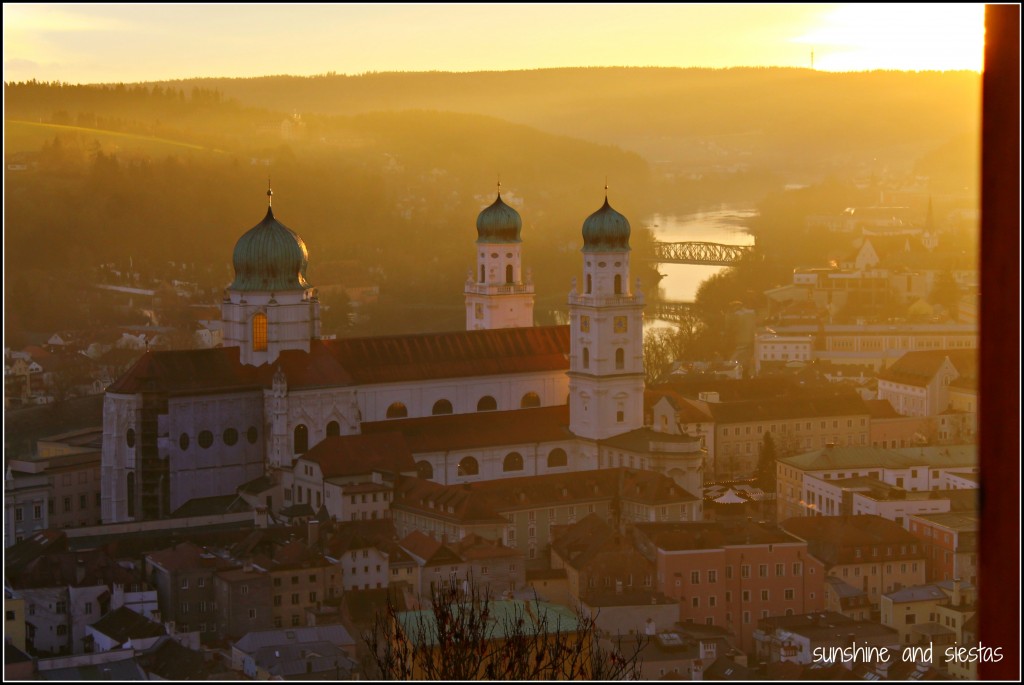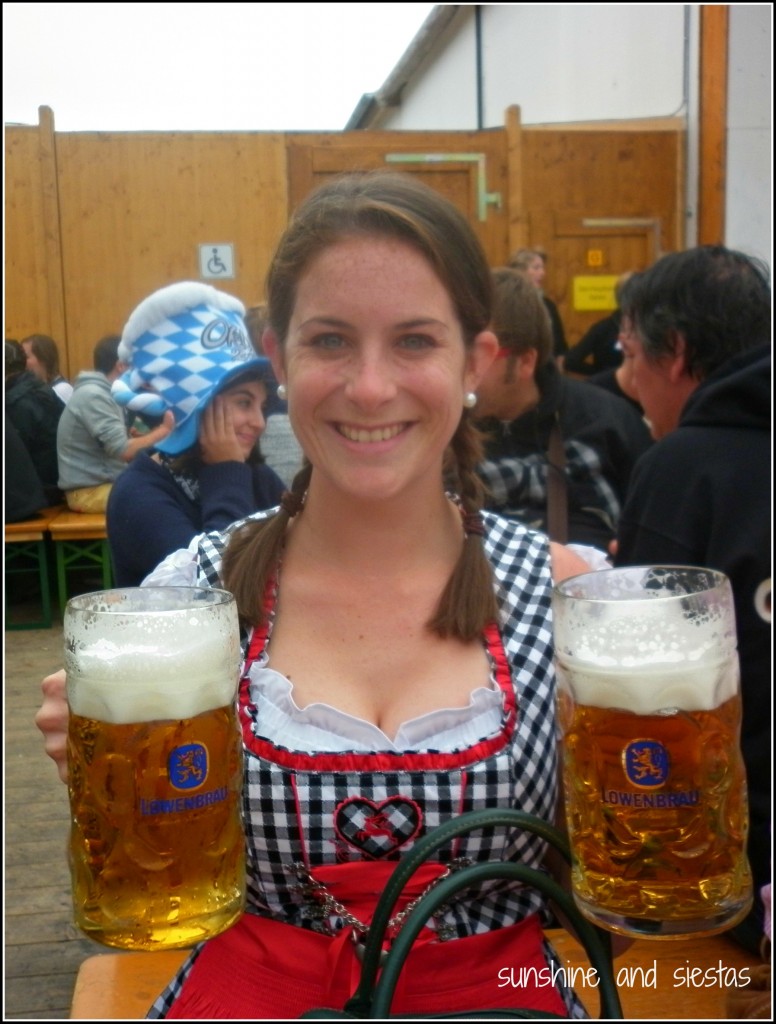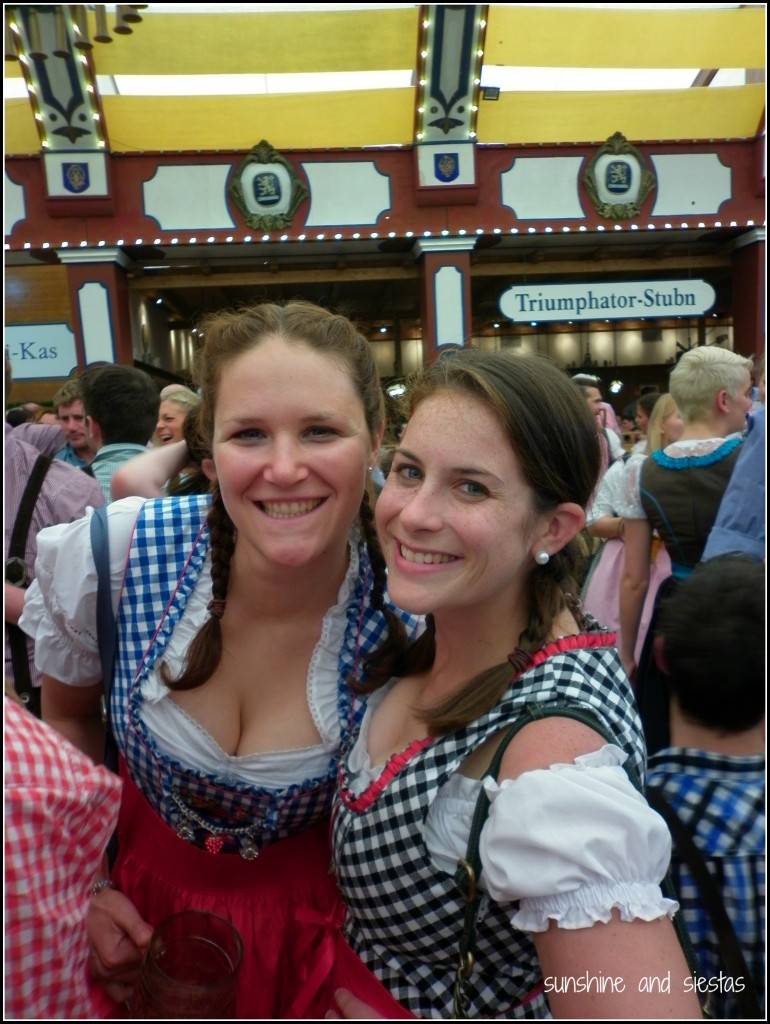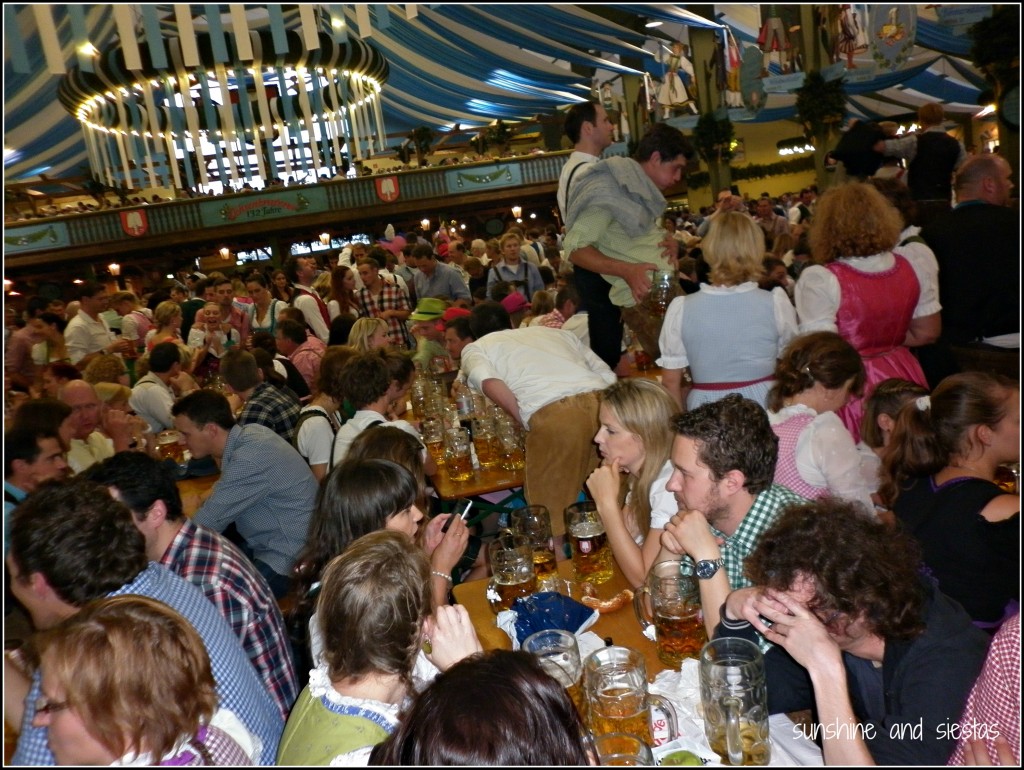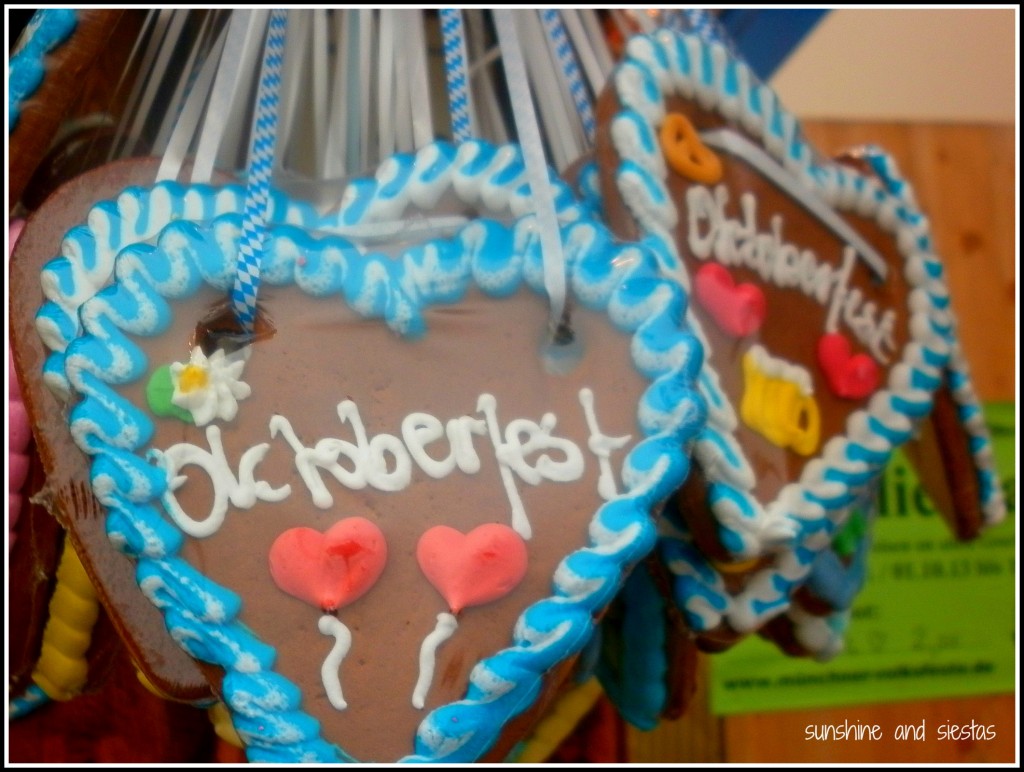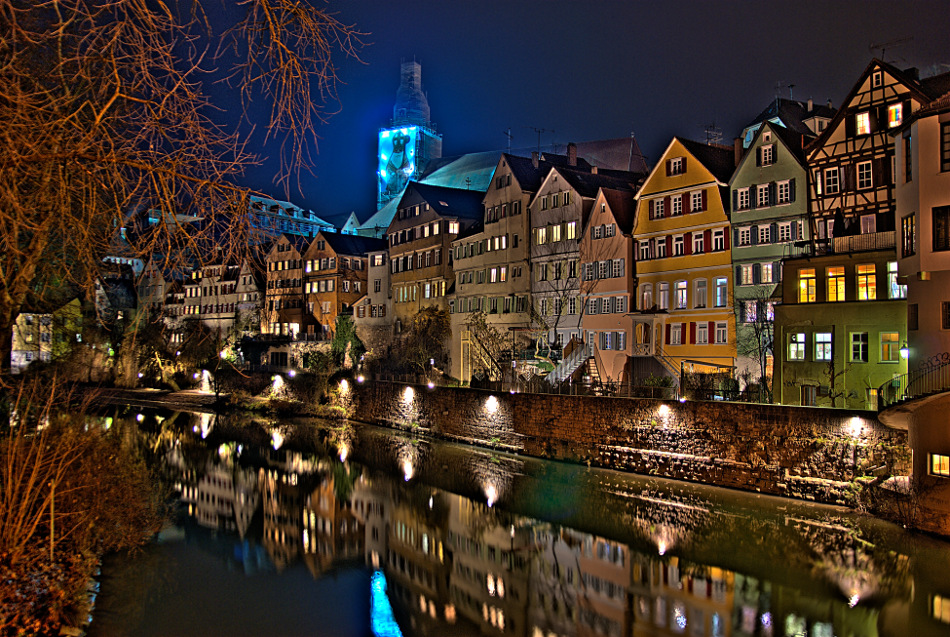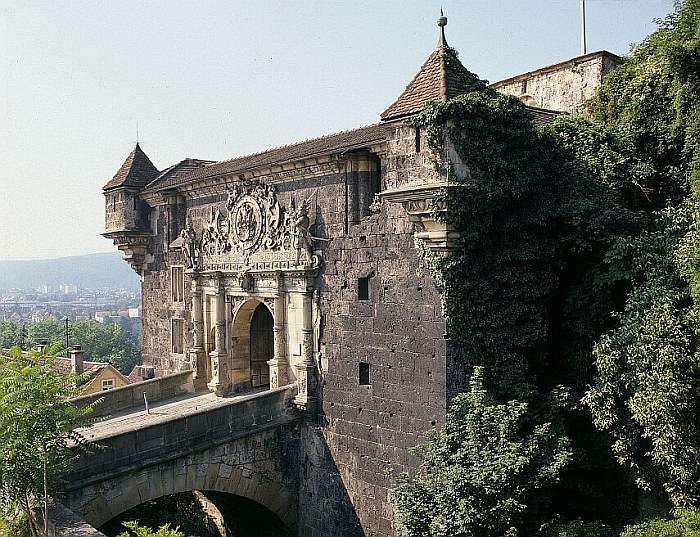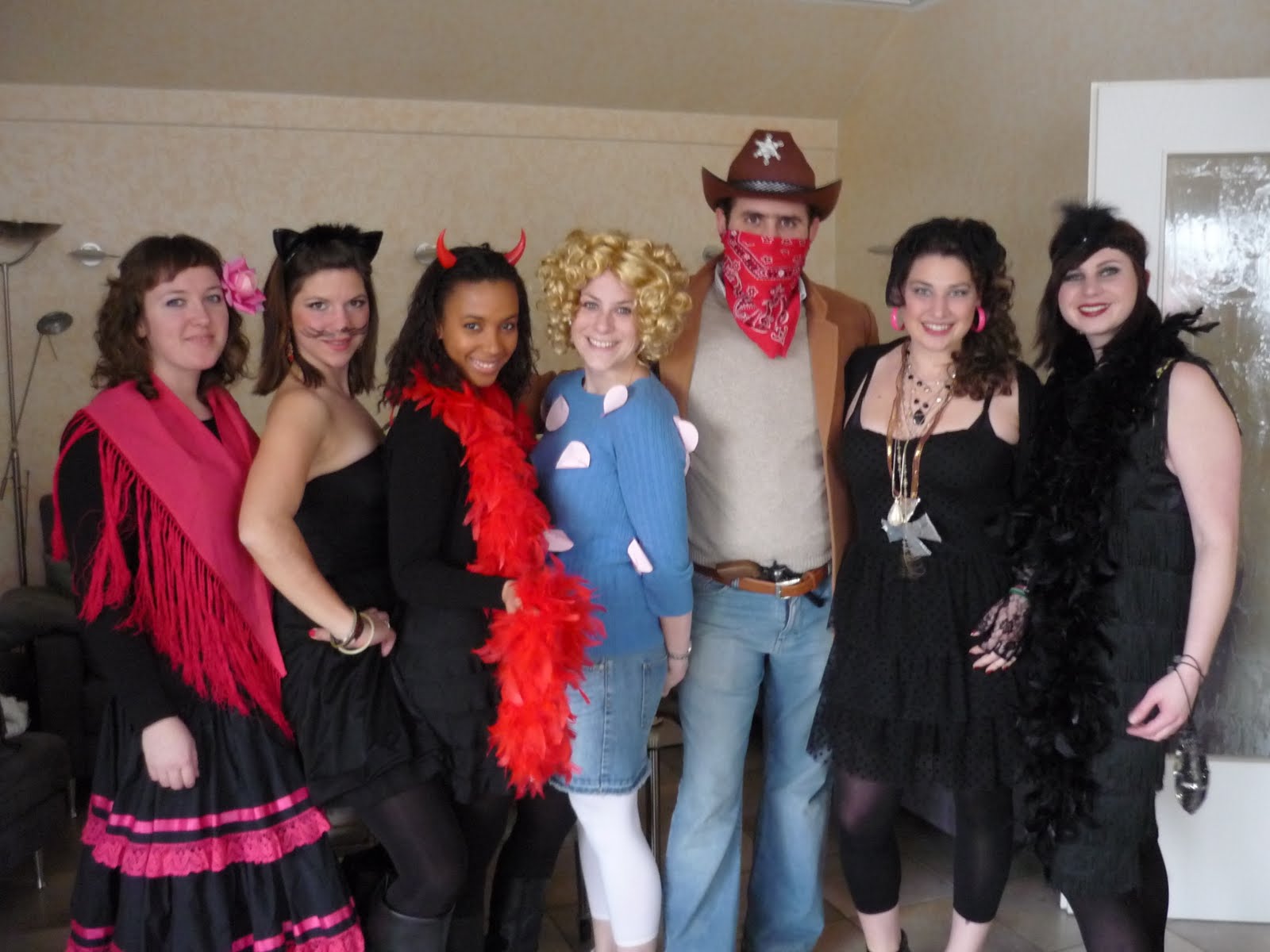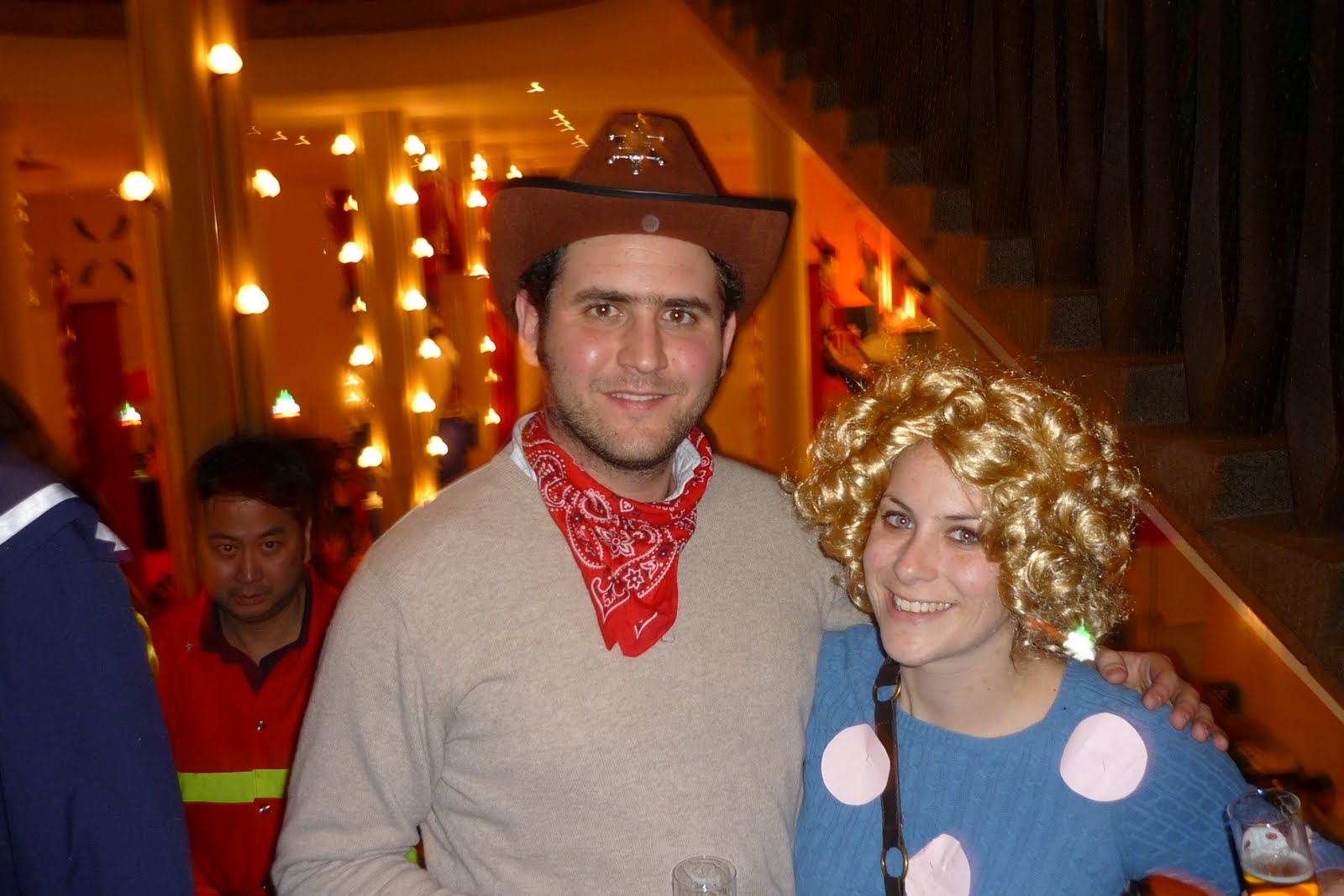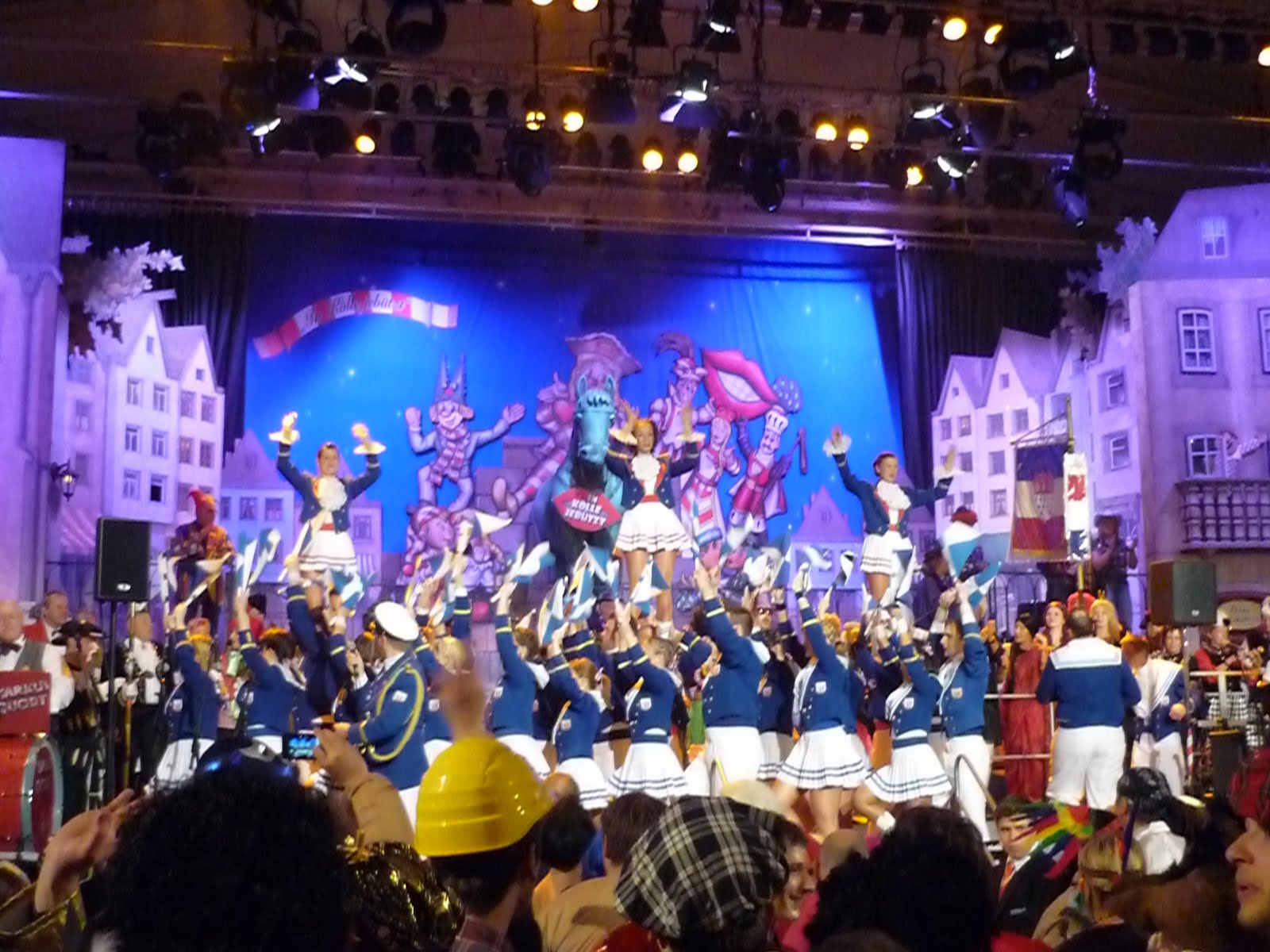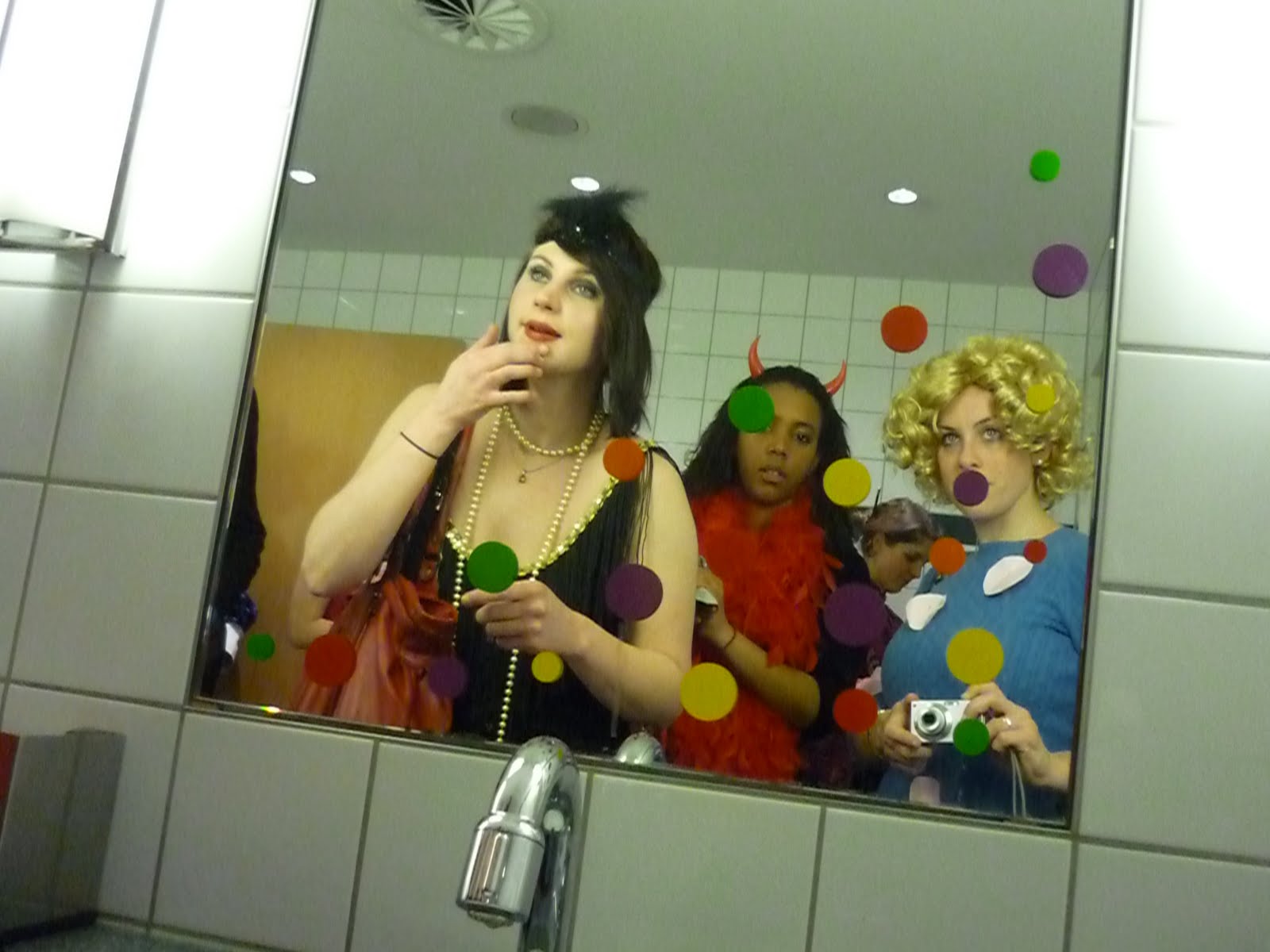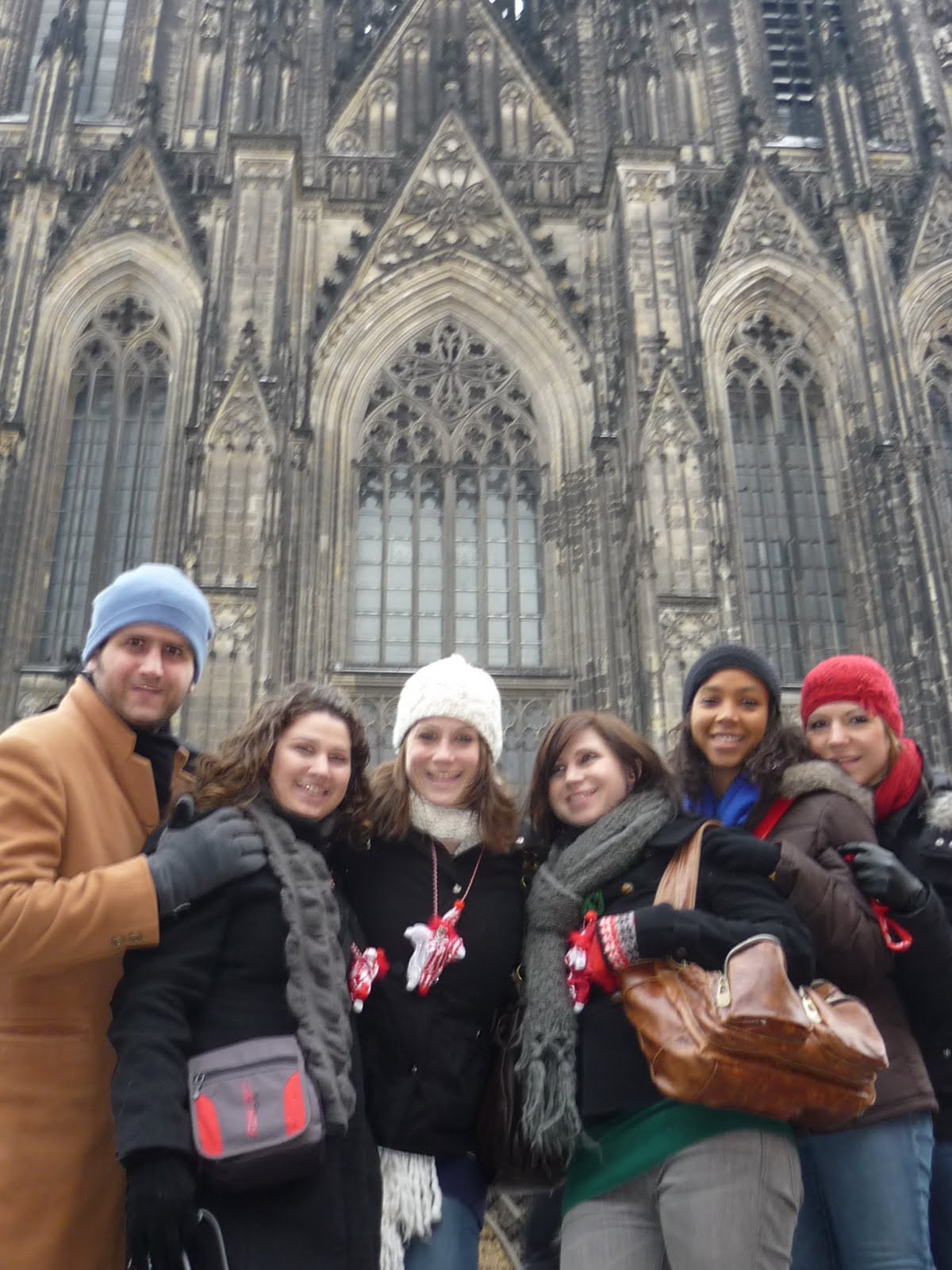My two experiences on cruises were enough to have me docked on dry land forever: at 9, we braved the Big Red Boat’s Disney cruise, where I was too old for the kiddie activities and too obnoxious to hang with my parents near the pool; seven years later, I became the babysitter to all of my younger cousins while everyone else spent the night at the disco.
My dad had been looking into river cruises since I’d announced I was moving back to Europe, gathering information on routes and rivers, sharing tips on saving money for a cruise and mapping out a time when all four of us would have overlapping vacation time. I kicked and screamed digitally, instead convincing them to do Ireland, Northern Spain and even Morocco.
An itinerary for the so-called Danube Waltz popped up in my inbox two years ago, announcing that my parents would be meeting me in Munich for eight days of river cruising past castles, vineyards and quaint villages stuck in time along Europe’s most fabled river. I lost out and continued digitally screaming and kicking as the countdown to our trip ticked from months into weeks.
I was skeptical, having become more jaded about travel and packaged tours, and cruises had seemed like a cop out for people who couldn’t be bothered planning their own vacation. But I hadn’t seen my family in a year and was eager to visit Vienna again and experience Budapest in the wintertime.
A few months later, I picked my parents up at Franz Joseph Strauβ and set off for Passau, the City on Three Rivers. It was Christmas Eve and we’d missed the markets, several shops and bars were still open so we could stretch our legs before setting off.
A Luxury Experience at a 2-1 Deal
The company runs amazing deals, offering two-for-one cabin rates and airfares. Sure, it’s pricey when you add it all up, but the devil was in the details. A state-of-the-art longboat, comfortable and stylish cabins (even our double in steerage!) and a fleet of friendly staff sets the company apart.
Oh, and they spend THREE TIMES the money on food per passenger than the average ocean liner! Between free local beers and wines, incredible bar snacks (and a barkeep who just handed us an entire bag of them when he saw us on approach) and regional dishes on every mealtime menu, we practically rolled down the gangway each morning at port.
Customer service was also willing to discount my airfare from Spain and still honor the two-for-one discount – a gold star in my book.
Breaking the Cruise Rules
Two of my biggest issues with cruises are the schedules and the forced sense of community that entertainment directors try to create. Choosing a river cruise meant far less people aboard and more interaction between my family and the staff.
Each afternoon before dinner, we had a briefing on the next day’s city and entertainment of some sort, but that was it. Dinner tables were not assigned and there were no required meetings – instead, a schedule, optional activities and language guide was left on our beds by housekeeping each morning. My sister and I spent plenty of time catching up in our state room over local beers and a barrage of movies available on our TV when at see, or my dad and I sat on the upper deck, bundled up, to watch the castles perched atop cliffs float by.
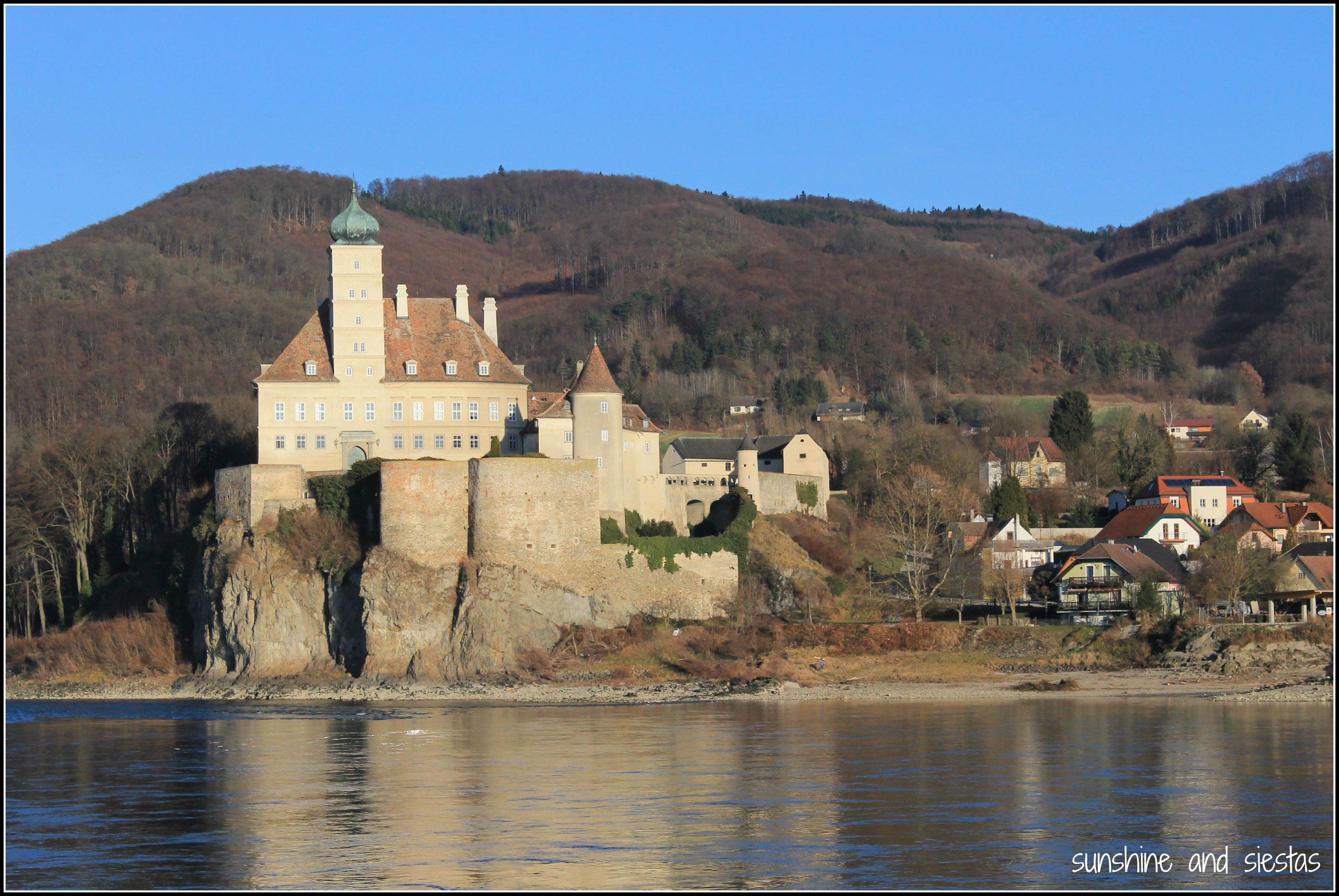
I’d long thought that these sorts of cruises, which feature older people in their publicity, were for the AARP crowd, but we had about a dozen of us between 18 and 30. No disco, casino or gift shop aboard – these spaces were filled with elegant viewing decks, a library full of books in several languages and larger rooms for passengers.
History, not just Beaches and Booze
My travel style has evolved greatly over the past few years – I went from ticking places off a never-ending list to focusing on more local and meaningful travel – and immersion is important to me. I spend my euros on visiting cities and not beaches, which is one of the reasons that cruising has never appealed to me much.
Being Christmastime in Europe, we packed long underwear and thermal shirts rather than sunscreen, so we were already on the right track.
The cruise company’s curated activities included making gingerbread in Passau, visiting home stays outside Bratislava and wine tasting near Dürnstein. We’d take advantage of morning tours with guides over walkie talkies and then meander until we found a place for lunch and a beer. Afternoons once we’d lifted the anchor meant food demonstrations, lectures on composers and local lore, or even optional tours of monuments.
Local Guides and no Required Activities
The company uses local guides – we had a university lecturer guide us past Rococco buildings in Passau, a grade school teacher and life-long resident of Bratislava recount stories of a Communist upbringing and our cruise director himself gave us tips for his favorites cafés and food markets in Budapest. Even with just a few hours in the cities we visited, we skipped over the glossy tourist spots and went straight to the heart of a city.
Plus, we were given 100% freedom to take the tours or not, and those we did take were done via Whisperbox. No annoying umbrellas, recited monologues or enormous groups – and in each port-of-call, we found ourselves with different families. We skipped Vienna’s bus tour to see the Spanish Horse Riding School and have lunch with my cousin and passed on a guided tour of Salzburg’s city center in favor of the merry Christmas market adjacent the cathedral.
Our trip through Germany, Austria, Slovakia and Hungary (uh, and then my jaunt in Romania) felt like a perfectly planned vacation that we didn’t have to actually plan ourselves that still left room for us to make the trip our own. The pace, comfort and customer service was unbeatable.
While in Chicago this summer, I flipped through the 2016 promotional brochure, which announced open seas trips to Scandanavia. Maybe it’s time to start considering cruising vacations.
Have you ever done a river cruise? What were your impressions, and where did you go?
